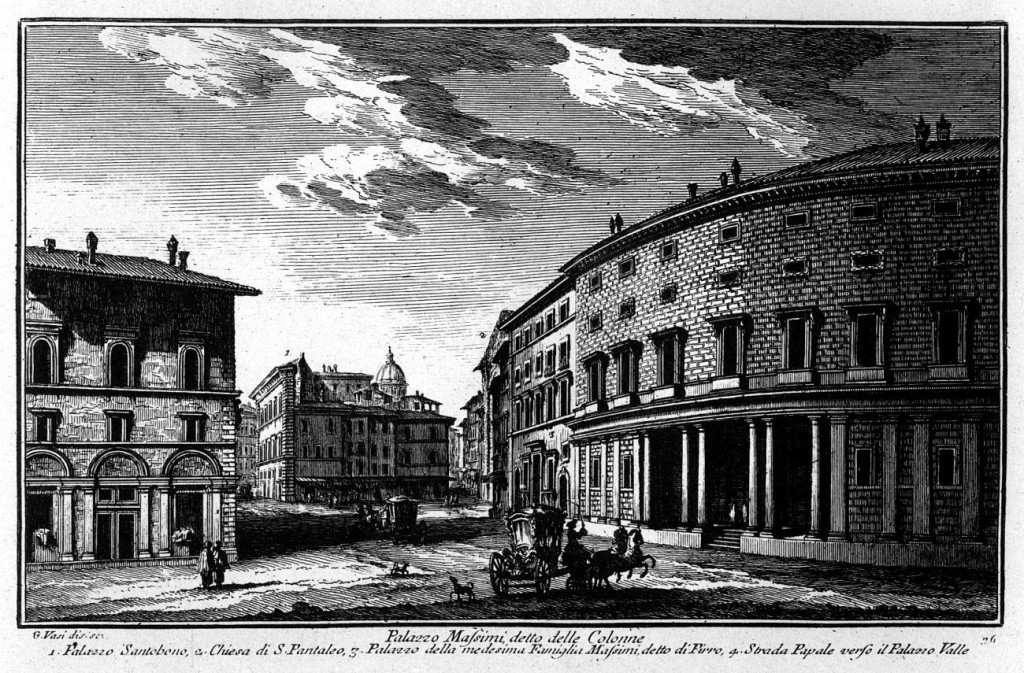Seminar on Tuesday, October 26, at 5 pm, Ground Floor Back Room, 33 Bedford Sq. Domestic architecture – the architecture of houses – has never been the obvious locus of action for architects, neither today, nor when architecture as a profession was born. Before the 16th century architectural expertise was mainly addressed towards the design of extraordinary buildings.
And yet it is precisely within the urge to reinvent domestic typologies between the 15th and 16th century, that the figure of the architect as a “specialized” practicioner emerges. Professional architects like Francesco di Giorgio, Baldassarre Peruzzi, Antonio Da Sangallo the Younger, Sebastiano Serlio, Jacopo Sansovino and later Palladio made their reputation not only by designing extraordinary buildings, but also by defining exempla for domestic architecture. It is within these exempla, that one can see how the emergence of the architect as a recognizable profession is parallel (if not tied) to the rise of the “question of housing” as a central problem for urban governance. A special case study in this sense is Sebastiano Serlio’s unpublished Sixth Book on Architecture, where for the first time in the history of architecture an architect proposes ready made typologies for all class of people including improbable clients for architecture such as the poor peasant, and the poor merchant.
What become clear with the advent of housing as a main focus of the architectural profession, is the clash between rarefied conditions such as land value and the management and reproduction of life, and the will of architects and their client to maintain a classical composition. This clash is not simply a matter of form, but also questions of ethics and political opportunism. The seminar will offer an overview of domestic projects from late 15th and early 16th (from Di Giorgio to Palladio) and speculate about their social and political background.
Domestic Architecture and the Emergence Architecture as a profession in the 16th century.
Posted by Diploma14 in news, seminars, Uncategorized on October 26, 2013 7:49 pm / 97 comments
Tags: housing, palladio, serlio
-

End-of-term Jury
17 Dec, 2013
-

Architecture d’accompagnement: housing versus public space in the age of government.
24 Nov, 2013
-

Domestic Architecture and the Emergence Architecture as a profession in the 16th century.
26 Oct, 2013
-

The Facade: From Wall to Project
20 Oct, 2013
-

Dip14 book on Sacred Space out in Spring 2014
27 Sep, 2013
-

End-of-term Jury
17 Dec, 2013
-

Architecture d’accompagnement: housing versus public space in the age of government.
24 Nov, 2013
-

Domestic Architecture and the Emergence Architecture as a profession in the 16th century.
26 Oct, 2013
-

The Facade: From Wall to Project
20 Oct, 2013
-

Dip14 book on Sacred Space out in Spring 2014
27 Sep, 2013
- No comments


No comments
Be the first one to leave a comment.